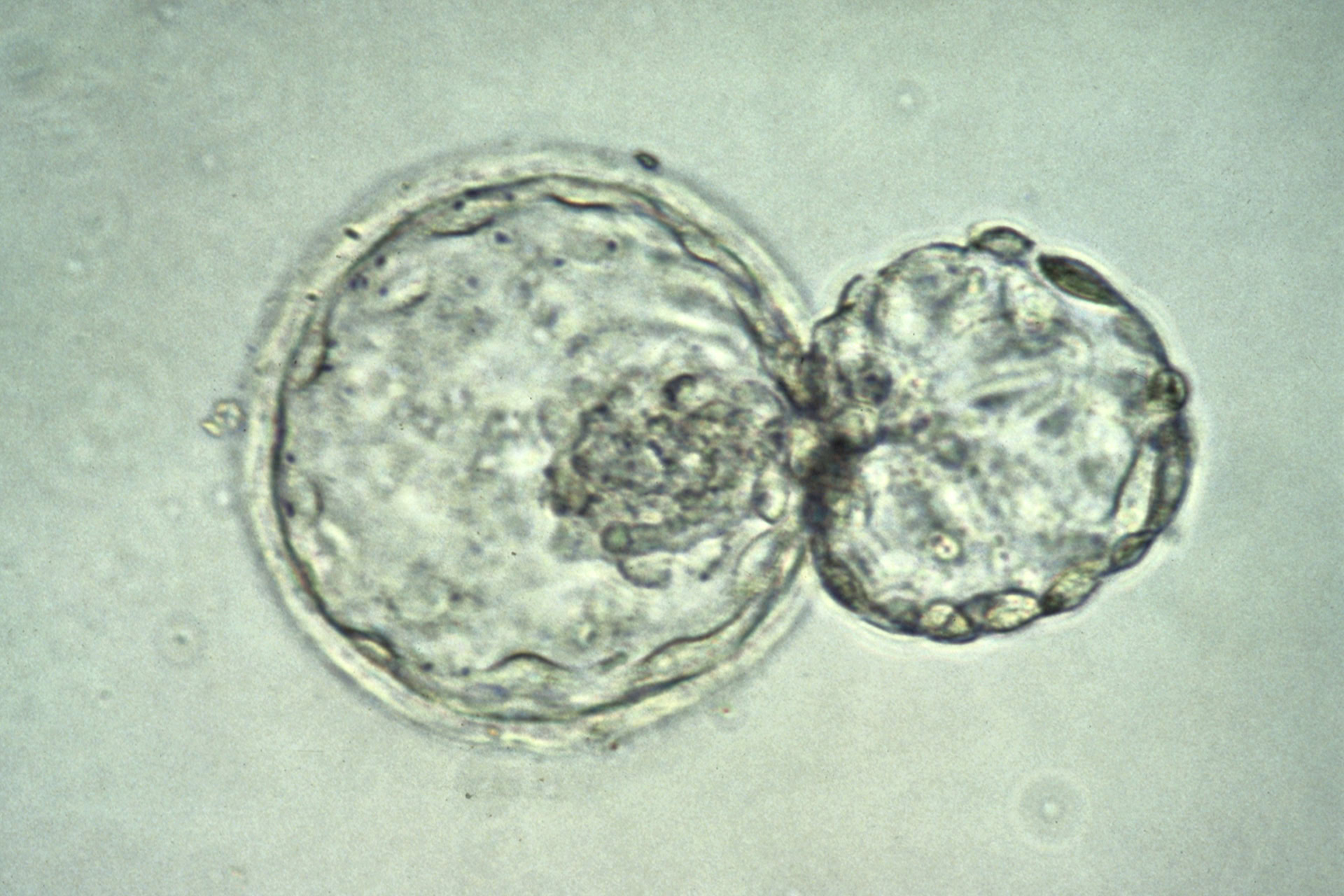Scientists have developed a new device that uses iPSCs to create the most advanced artificial model of early human embryo development.
Dr Jianping Fu and colleagues at the University of Michigan said their novel microfluidic system can produce embryo-like structures, also known as synthetic human entities with embryo-like features (SHEEFs), that are more similar to natural embryos. The primitive streak - one of the least understood events in early human development - was also better defined than in previous models. Dr Fu told NPR: 'Such human embryo-like structures have a lot of potential to open what we call the so-called black box of human development.'
The microfluidic system is a tiny device that precisely controls where and when human IPSCs are exposed to chemical signals that influence differentiation. This allowed the researchers to reliably create asymmetrical cell structures that resemble the embryo around the time of implantation with a higher success rate.
In an interview with Nature, Dr Fu said: 'Now, using this microfluidic system and this is very controllable and reproducible and scalable, we can generate these embryo-like structures with very high efficiency – more than 95 percent almost.'
Scientists in the field believe this technology has huge potential. Dr Amander Clark, a stem-cell biologist at the University of California who was not involved in the study, said: 'I'm very excited about the utility of this technology because it can help us to understand diseases in the reproductive population and in particular, a focus on early embryo loss.'
Although the embryo-like structures could not develop into humans because they lack a placenta and other cells crucial for development, the presence of the primitive streak and the possibility to use these embryos beyond the 14-day limit, raises ethical questions.
When asked whether the 14-day rule would apply to Dr Fu's model, bioethicist Guilia Cavaliere at Lancaster University said: '... the short answer to this question is no, it wouldn't apply to this model, but there is, in a sense, a gap in the regulations about whether these are human embryos or not and what features of these models would make them resemble human embryos enough that the rule would apply.'
Dr Fu added: 'I think it's important for me to emphasise that this research area can lead to a lot of good. Such research is very important on the path to a better understanding of birth defects and other problems that happen in very early pregnancy.'







Leave a Reply
You must be logged in to post a comment.